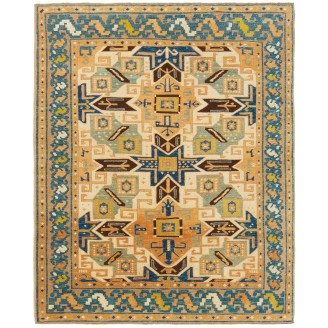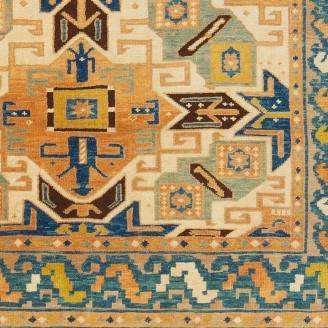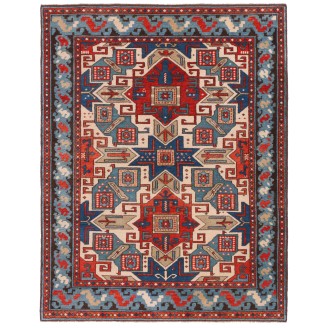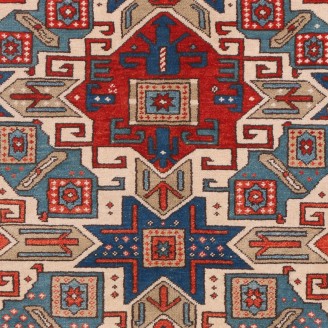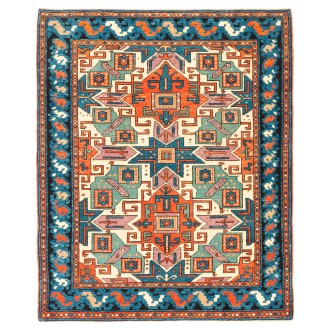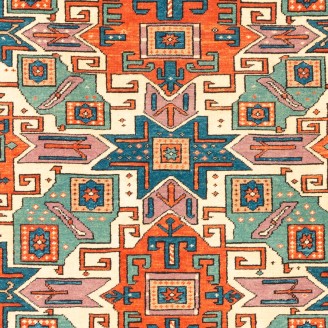Star Kazak Rug
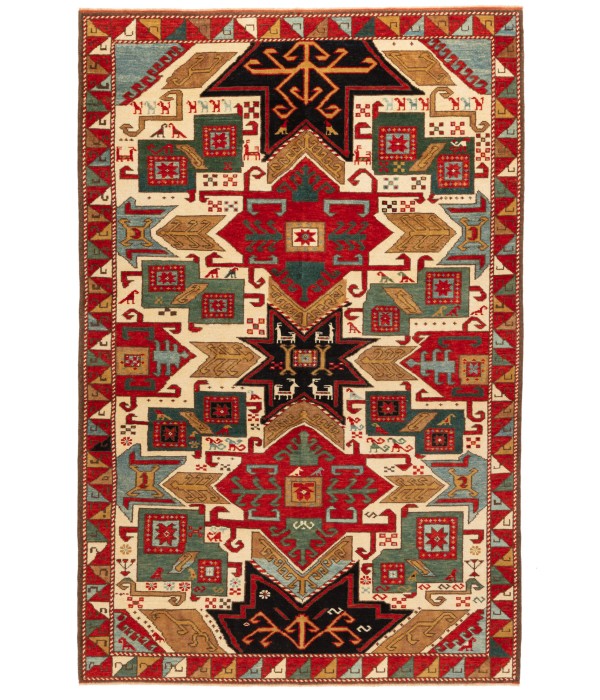
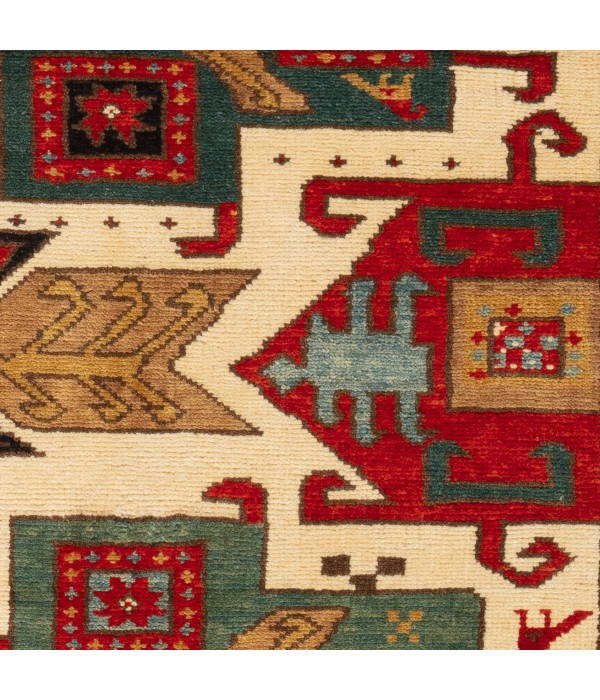
Out Of Stock
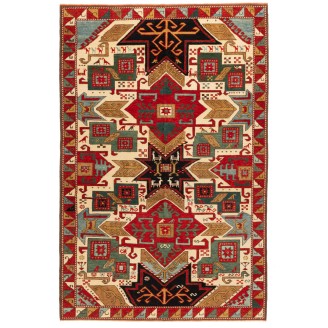
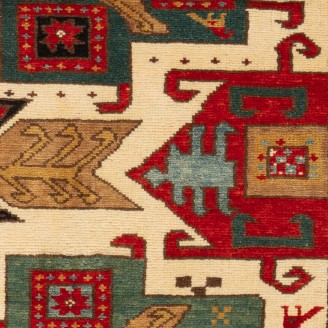
Model: ART00054Star Kazak Rug
Group: Caucasian Rugs Family
Area: Southeast Caucasus
Material of Pile: Natural Dyed Hand-spun Wool
Material Warp / Weft: Wool on Wool
Structure: Symmetrical knot
Knots Density: 29x36
Pile (mm): 5
Production Place: Southeastern Anatolia – Adiyaman Province -Gerger
Location: Tokyo
Stock: Out Of Stock
Dimensions:
The source of the rug comes from the book Orient Star - A Carpet Collection, E. Heinrich Kirchheim, Hali Publications Ltd, 1993 nr.1. This is supposed to represent the most 'authentic' version of the Star Kazaks design rug from the early 19th century from the Central Caucasus area. Star Kazak rugs are considered to be the most desirable of all post-classical Caucasian types and are much in demand among collectors. Within the wider group, this piece is supposed to represent the most 'authentic' version of the design, although this rug clearly does not come from the Kazak region of the central Caucasus, but from further south and east. The appearance of this rug is very regular and geometric. Star Kazaks are usually called in English 'star' Kazak and the second 'swastika', although its interlocking design can be interpreted as a version of the star; some of the second types have the swastika motifs standing in greater isolation on a less busy field. However, as with descriptions of Oriental carpet designs generally, the term 'swastika' is more one of convenience than reality; pieces of this design can often be found described in the literature as either 'eternity symbol' Kazaks or 'pinwheel' Kazaks. The design of the rug is interpreted by our designers, the most appropriate colors to match the original is used for this rug.
Color summary: 10 colors in total, most used 4 colors are;
Color summary: 10 colors in total, most used 4 colors are;
- Imperial Red 426 (Madder Root)
- Natural Wool Color 320 (Natural Sheep's Color)
- Bistre Brown 411 (Pomegranate - Madder Root)
- Dusty Turquoise 340 (Spurge - Madder Root - Indigo - Walnut Husk)
Dimensions:
4 ft 5 in x 6 ft 9 in ( 137cm x 206cm )
Price:
$6,400
Ex Tax: $6,400

